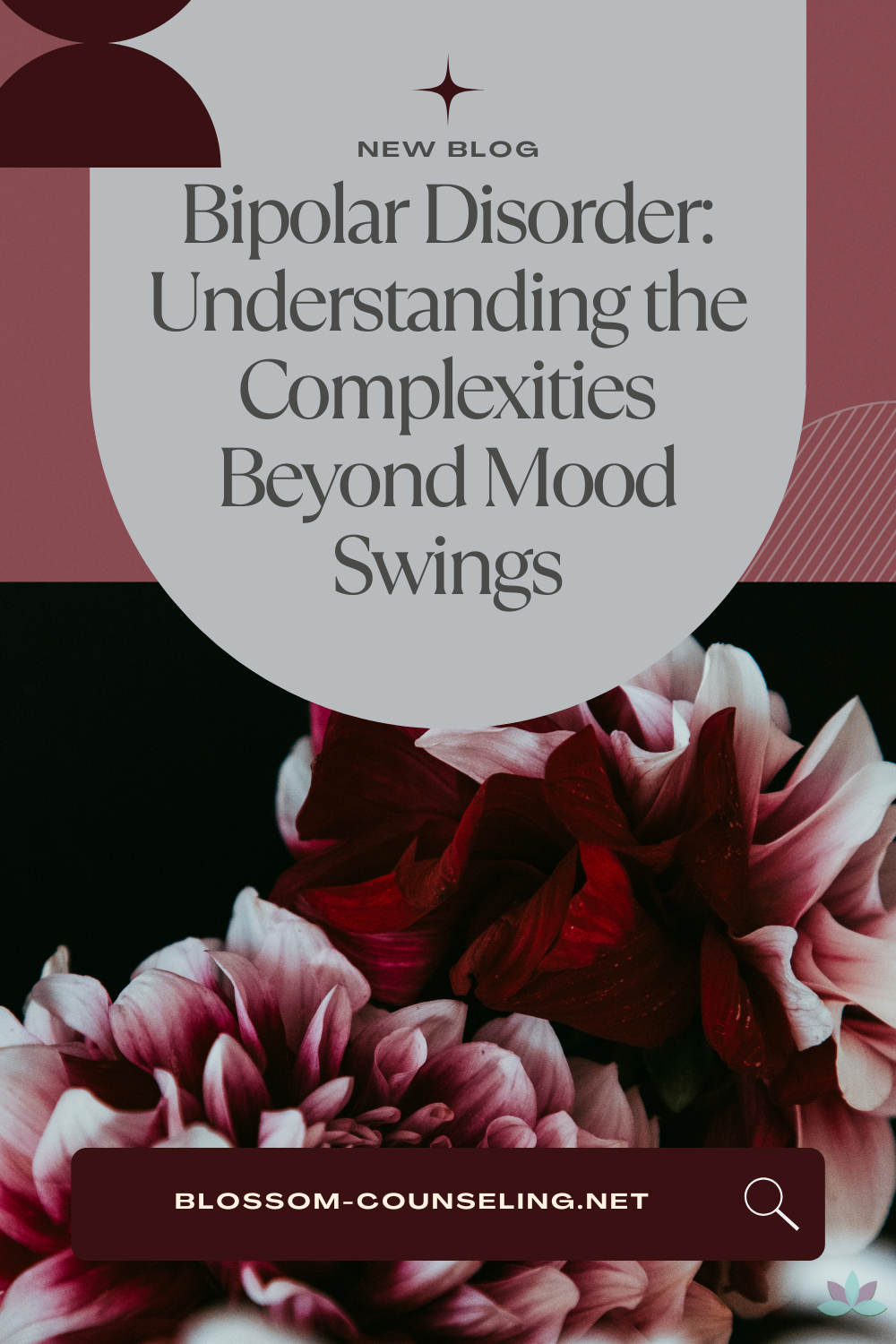
When most people hear “bipolar disorder,” they often think of extreme mood swings—going from joyful highs to crushing lows in a matter of moments. While mood changes are a part of bipolar disorder, reducing it to this oversimplification misses the depth and nuance of the condition. Let’s dig deeper into what bipolar disorder really is and why understanding its complexities is so important.
Bipolar Disorder: A Spectrum, Not a Single Experience
Bipolar disorder isn’t a one-size-fits-all diagnosis. It exists on a spectrum with different types, each with its own patterns and challenges:
- Bipolar I Disorder involves episodes of severe mania that may require hospitalization, often alternating with periods of deep depression.
- Bipolar II Disorder features less intense manic episodes (called hypomania) but more persistent depressive episodes.
- Cyclothymic Disorder includes milder ups and downs that last for years but don’t meet the criteria for full manic or depressive episodes.
These variations underscore that bipolar disorder isn’t just about “being moody.” It’s a clinical condition that impacts energy levels, thought processes, sleep patterns, and behavior.
Mania and Depression: More Than Opposites
The highs and lows of bipolar disorder aren’t just exaggerated feelings—they’re distinct states with specific symptoms that can disrupt daily life.
- Mania might include racing thoughts, impulsive decisions, reduced need for sleep, and feelings of invincibility. While this may sound energizing, it can lead to risky behaviors or interpersonal conflicts.
- Depression involves profound sadness, fatigue, difficulty concentrating, and sometimes feelings of hopelessness or worthlessness. It’s not just “feeling down” but a state that can make basic daily tasks feel insurmountable.
For some, there’s also a mixed episode, where symptoms of mania and depression occur simultaneously. Imagine feeling restless and energized but also hopeless and despairing—these contradictory experiences can be incredibly draining.
It’s Not Just Emotional—It’s Physical and Cognitive Too
Bipolar disorder doesn’t only affect emotions. Many people with the condition experience cognitive challenges, often described as “brain fog.” Memory issues, difficulty focusing, and slowed thinking can make school, work, or personal responsibilities more challenging. Additionally, disrupted sleep patterns—whether from insomnia during mania or excessive fatigue during depression—can impact overall health.
Triggers and Misunderstandings
Bipolar disorder can be influenced by triggers like stress, lack of sleep, or major life changes. These triggers don’t cause the disorder but can exacerbate symptoms. Unfortunately, misunderstandings about bipolar disorder abound. People might label someone as “dramatic” or “overreacting” without realizing the neurological underpinnings of the condition.
It’s also worth mentioning that bipolar disorder isn’t the same as borderline personality disorder (BPD), another condition often associated with emotional fluctuations. While they share some surface-level similarities, their causes, symptoms, and treatments are distinct.
The Importance of Support and Treatment
Bipolar disorder is manageable with the right combination of medication, therapy, and lifestyle adjustments. Treatment focuses not on erasing the disorder but on helping individuals achieve stability, navigate triggers, and improve quality of life. Support from friends, family, and healthcare professionals is essential in this journey.
By understanding bipolar disorder as more than “just mood swings,” we can break the stigma and create space for empathy, education, and effective support. It’s not about labeling people—it’s about seeing the full picture of their experiences and meeting them with care.
Our team of compassionate therapists is here to help you find the support you need. We believe in a holistic approach, treating your mind, body, and spirit. With a blend of traditional and alternative therapies, we tailor your experience to meet your unique needs. At Blossom, we create a non-judgmental space where you can be your authentic self. Our goal is to empower you, amplify your strengths, and help you create lasting change. Together, we’ll navigate life’s challenges and help you bloom, grow, blossom! You deserve to become the best version of you.




